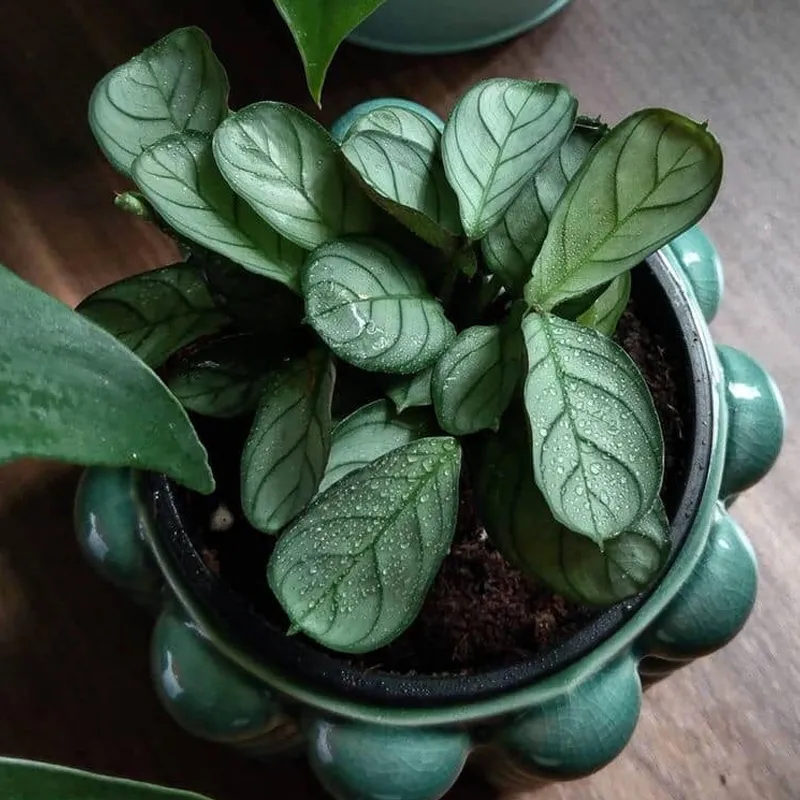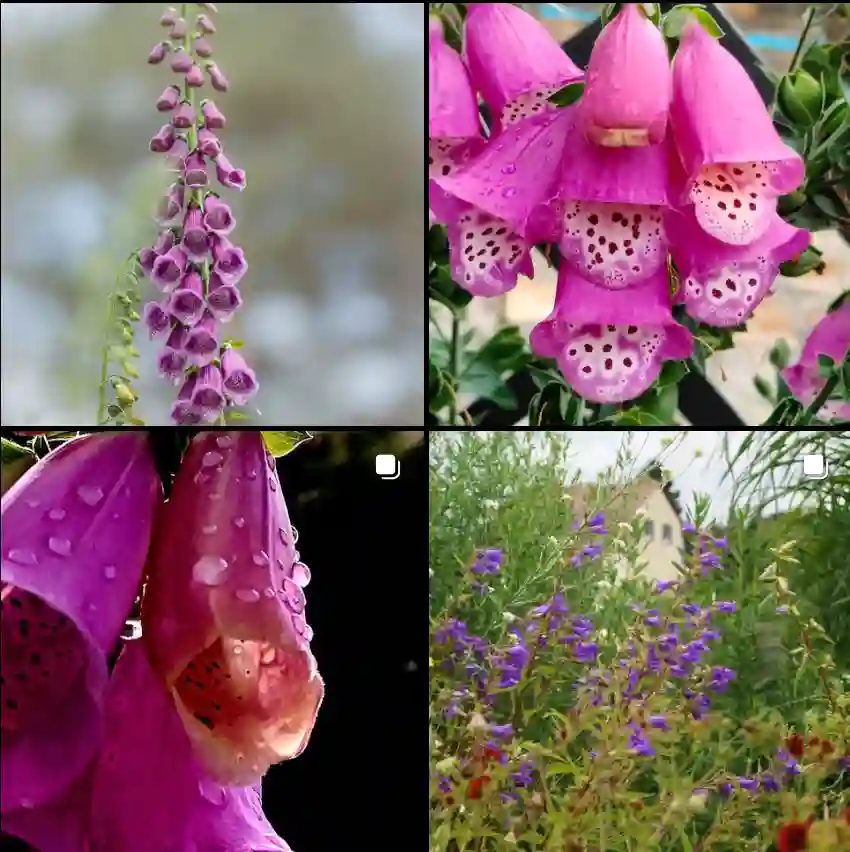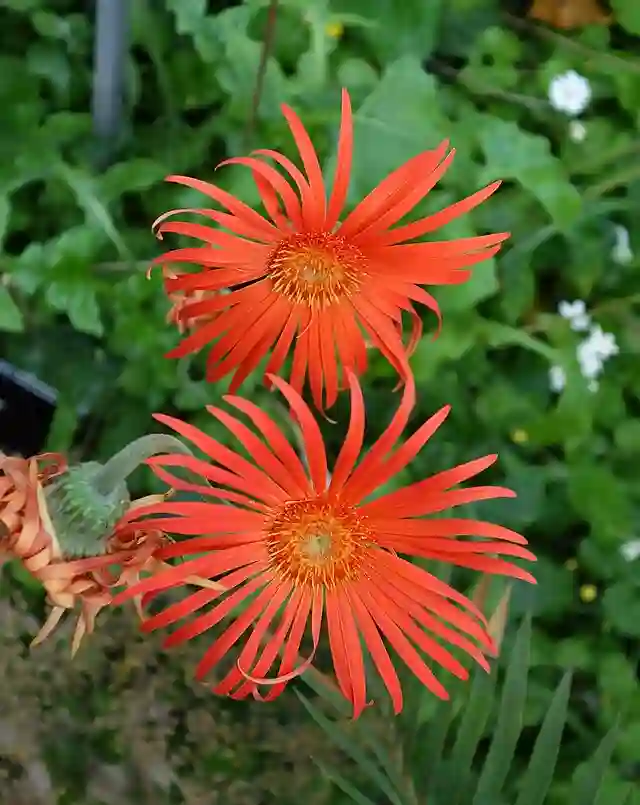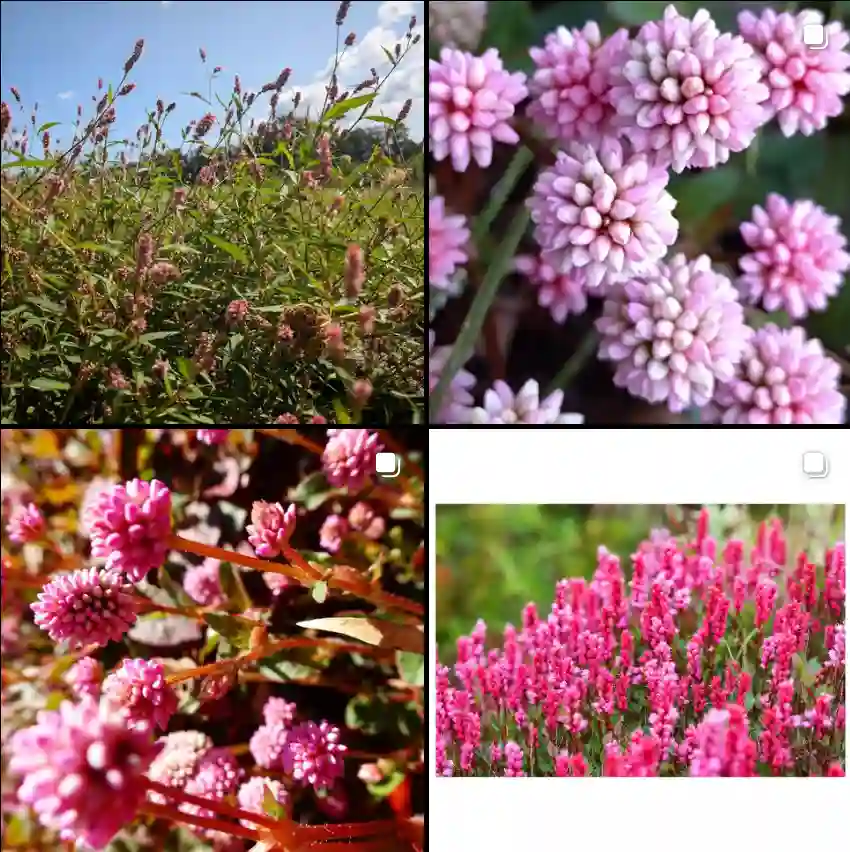What is Albuca Bracteata?
For years, I’ve been fascinated by unique and interesting plants. One that recently caught my eye is the Albuca bracteata, also known by the rather peculiar name – the Pregnant Onion. It’s not just the name that intrigues me, but the plant itself – a bulbous wonder with a surprising number of uses.
166 Species in Genus Albuca
The Albuca bracteata is native to South Africa and boasts vibrant green, strap-like leaves that arch gracefully from its bulb. The real showstopper, however, are the tiny bulblets that form around the mother bulb, giving it a pregnant appearance – hence the nickname. But beneath this quirky exterior lies a plant with a potential for natural remedies.
Now, before you get too excited, it’s important to remember that I’m not a medical professional. The following information is based on traditional uses and should never be a substitute for consulting a doctor. That being said, let’s delve deeper into the world of Albuca bracteata.
How to grow and care for Albuca Bracteata?
While the allure of its medicinal properties is strong, the Albuca bracteata is, first and foremost, a captivating houseplant. It thrives in bright, indirect sunlight and well-draining soil. Think cactus mix with a bit of added perlite for optimal drainage.
Watering is key. During its active growing season (spring and summer), water deeply when the top inch of soil feels dry. In the winter months, however, reduce watering significantly, allowing the soil to dry out completely between waterings.
The Albuca bracteata is a relatively low-maintenance plant. Fertilize it sparingly during the growing season with a diluted balanced fertilizer. Repotting is only necessary every few years, or when the plant outgrows its current pot.
Can Albuca Bracteata Be Used Medicinally?
Traditionally, Albuca bracteata has been used in various parts of the world for treating minor wounds, cuts, and burns. However, it’s crucial to reiterate that scientific research on its effectiveness is limited.
Important Disclaimer: If you’re considering using Albuca bracteata for medicinal purposes, consult a healthcare professional first. They can advise you on the potential risks and benefits specific to your situation.
Traditional Uses of Albuca Bracteata
Here’s a glimpse into how Albuca bracteata has been used traditionally, but remember, this information does not constitute medical advice.
- Minor burns: The gel-like substance found inside the Albuca bracteata leaves is said to have cooling and soothing properties. Traditionally, a small amount of this gel has been applied topically to minor burns to reduce inflammation and promote healing.
- Cuts and scrapes: Similar to burns, the gel from the leaves has been used to soothe cuts and scrapes.
- Wounds: There’s anecdotal evidence suggesting that Albuca bracteata may help with wound healing. However, more research is required to confirm this.
Important Precautions to Consider
While the traditional uses of Albuca bracteata are interesting, there are important considerations:
- Always conduct a patch test: Before applying Albuca bracteata to any wound, it’s crucial to do a patch test on a small area of healthy skin. This helps identify any potential allergic reactions.
- Discontinue use if irritation occurs: If you experience any irritation or discomfort after using Albuca bracteata, discontinue use immediately and consult a healthcare professional.
- Not for internal use: Albuca bracteata is not meant for internal consumption. Ingestion can be harmful.
The Allure of Albuca Bracteata
The Albuca bracteata is more than just a conversation starter with its unique appearance. While its medicinal properties require further scientific exploration, its potential for topical use on minor wounds is intriguing. However, always prioritize consulting a medical professional before using any plant-based remedy.
If i die, water my plants!



